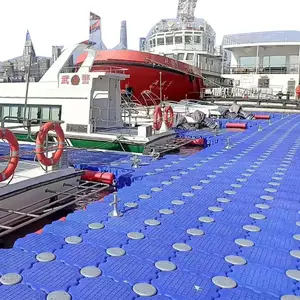Giới thiệu về phao nổi
Alibaba.com cung cấp các sản phẩm 8990 phao nổi. Có rất nhiều phao nổi lựa chọn dành cho bạn, chẳng hạn như hdpe, nhựa, và nhôm. Bạn cũng có thể chọn từ phao, piston, và bản lề phao nổi. Cũng như từ thuyền, biển, và free ship phao nổi.Và bất kể phao nổi là màu xanh, đen, hay màu đỏ.














